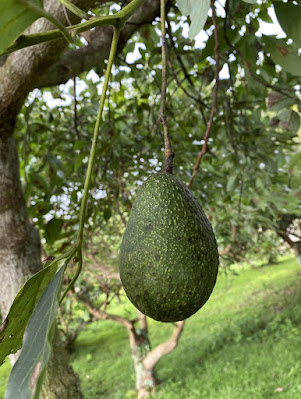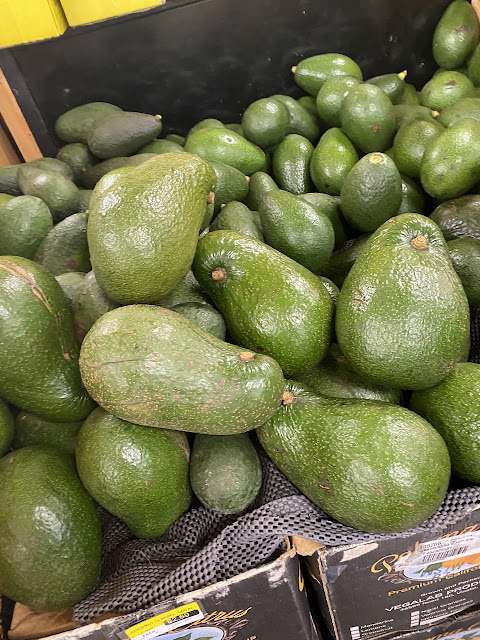The large round fruit is Malaysian Red that I purchased 6-7 years ago. The first few years it produced fruits with a relatively low sugar content, but now it makes excellent fruits. The fruits are large but the tree produced just a couple of dozen fruits this years. The tree is very tall and only gets a few hours of morning sun.
The small yellow fruit is a seedling of a Mexican guava. The fruits are very flavorful and sweet, the tree produced the first time this year, and we got around 15 or so fruits by now.
The orange-fleshed fruits in the lower row are three different seedlings from the same fruit of a Brazilian guava.
#1 tree is the most productive and started to fruit in the second year from seed. The fruits are bright yellow outside and orange inside, very sweet and flavorful. The tree gets a good amount of sun from noon to late afternoon.
#2 tree produced just a few fruits but they are larger in size than #1. The skin is not as bright yellow as #1, but the flesh is a darker orange-pink in color. The tree gets just a few hours of afternoon sun, but the fruits are still sweet.
#3 tree produced a single fruit this year. This tree is behind #2 tree and gets even less sun. The fruit was ok, and might need a better location to develop a better flavor.
I also have a 3-4 years old tree of Barbie Pink guava that decided to skip the fruiting this year. Last year I had just a few fruits on it, and they were very good. This tree planted in a prime spot, and I was expecting it to produce better. Below pictures are from November 2021 and show Barbie Pink in the upper right corner.
Barbie Pink has the best flesh to seeds ratio, but so far it’s production here in Davis is minimal to none.


































